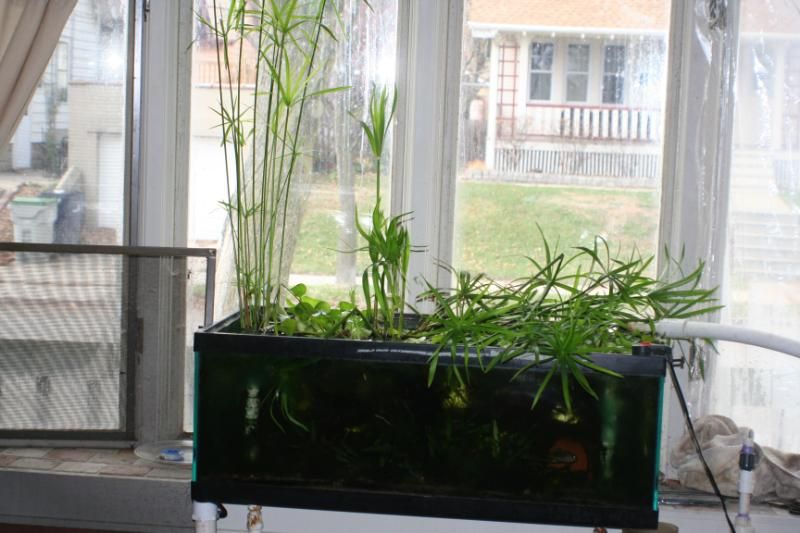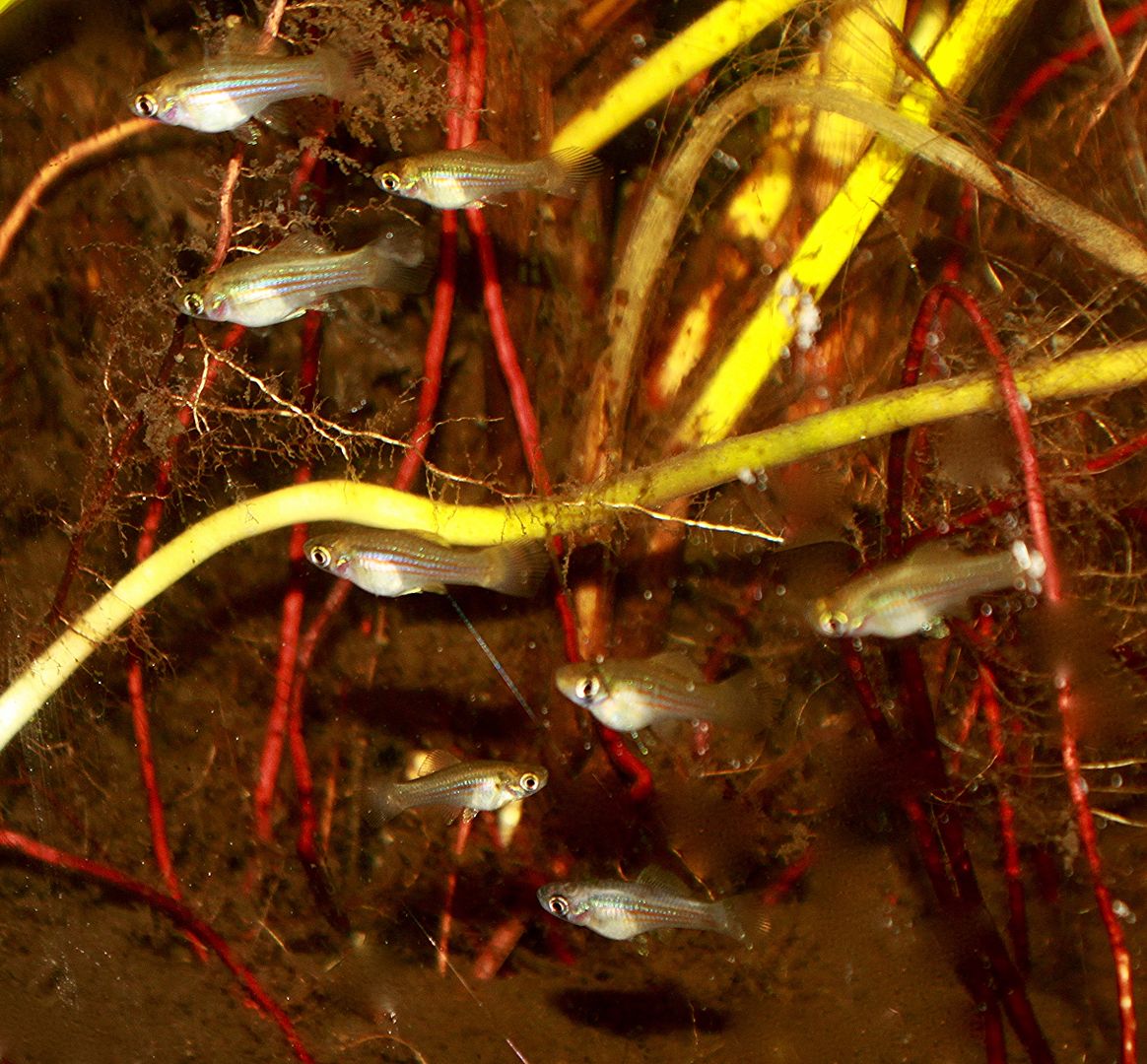I am also not, a turtle keeper, but did years ago, and I prefer refugiums for my tanks, and if I kept turtles today, would surely use one.

Refugiums make use of and help break down excess nutrients, which can be odiferous, and with turtles excess nutrient production, this could be important. And because turtles tend to uproot, eat, and otherwise destry plants, a refugium offers a safe place to grow them.
It also provides a place for other animals the turtle would eat, to help in the breakdown some of those nutrients, and the extra food that escapes the turtles normal feeding.

The shrimp and snails below are from the refugium above, and occasionally overflow into the tank where they are eaten by the fish (in your case turtles).


As you can see, I believe refugiums are just as important as regular filtration, so I have separate refugium tanks, that to me, are also interesting. I even raise feeder fish in them, that eat excess food that overflows, the swordtails below are from the refugium in my first pic o the post.


Refugiums make use of and help break down excess nutrients, which can be odiferous, and with turtles excess nutrient production, this could be important. And because turtles tend to uproot, eat, and otherwise destry plants, a refugium offers a safe place to grow them.
It also provides a place for other animals the turtle would eat, to help in the breakdown some of those nutrients, and the extra food that escapes the turtles normal feeding.

The shrimp and snails below are from the refugium above, and occasionally overflow into the tank where they are eaten by the fish (in your case turtles).


As you can see, I believe refugiums are just as important as regular filtration, so I have separate refugium tanks, that to me, are also interesting. I even raise feeder fish in them, that eat excess food that overflows, the swordtails below are from the refugium in my first pic o the post.







